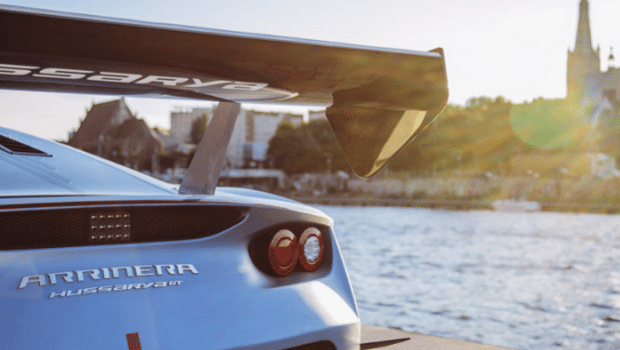SOLIDWORKS WORLD 2017 was a huge platform which saw prototyping return as an integral part of 3D printing. Prototyping is one of the biggest uses of 3D printing whether it is used in the automotive sector or other technologies.
Polish sports car manufacturer Arrinera Technology has been using the on-demand Printroom services of the giant industrial 3D printer, the Factory 2.0., from the house of the industrial 3D printer manufacturer OMNI3D, also based in Poland. Traditional methods of car parts manufacturing are tedious, expensive and time taking. Arrinera was looking for better manufacturing solutions for prototyping car parts. OMNI3D prints the car prototypes like air vents and mirror caps for the Hussarya supercar using the ABS-42.Some of these parts are also used as final parts. Earlier the engineers had to develop the same parts many times before they could approve them for use.
Łukasz Tomkiewicz, president of Arrinera Technology S.A, said that 3D printed parts could be made in as little as 12 hours and had reduced the production time and cost considerably. Arrinera was established by two Polish brothers in 2008. They were the first foray into international waters for supercars. They went on to develop a couple of prototypes before creating its first functional GT-class race car. The Hussarya is built mainly from Kevlar and carbon fiber.
The aerodynamics team of Arrinera Technology S.S is headed by Professor Janusz Piechna, from Warsaw Polytechnic‘s Power and Aeronautical Engineering department and works to achieve high-speed stability and extreme downforce. Wind tunnel testing of the Hussarya, at MIRA in the UK, supported detailed CFD analysis by the aerodynamics team.
OMNI3D provides high-quality 3D printing services and their Printroom services specialize in large-format FFF 3D printing on its Factory 2.0 Production System. The prototypes printed on the Factory 2.0 were durable, sustainable and some of them were good to be installed as final products.
